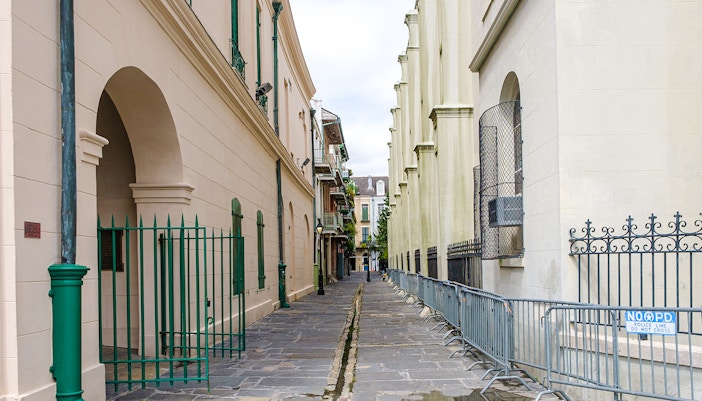History of New Orleans
Early beginnings (1718–1800s)
Founded in 1718 by the French explorer Jean-Baptiste Le Moyne de Bienville, New Orleans began as a small trading port along the Mississippi River. Its strategic location made it a vital hub for commerce, culture, and migration. Over the years, it came under French, Spanish, and finally American control through the Louisiana Purchase of 1803. The city’s diverse influences, European, African, and Caribbean, shaped its unique architecture, cuisine, and music. Early hardships, including fires, epidemics, and floods, gave rise to the city’s reputation for resilience, and perhaps, its haunted mystique.
The golden age and cultural growth (1800s–1900s)
Throughout the 19th century, New Orleans blossomed into a cultural and economic powerhouse. The French Quarter, with its elegant Creole townhouses and lively streets, became the heart of city life. The blending of African rhythms with European musical traditions gave birth to jazz, while Voodoo practices, brought by enslaved Africans and Creoles, added to the city’s mystique. Tragedies such as the Yellow Fever epidemics of the mid-1800s and the LaLaurie Mansion scandal of 1834 deepened New Orleans’ haunting legends, intertwining real history with ghostly lore.
Modernization and resilience (1900s–1950s)
As the 20th century dawned, New Orleans adapted to modernization while preserving its deep-rooted traditions. Jazz legends like Louis Armstrong brought the city global fame, while old cemeteries and historic mansions became symbols of both beauty and loss. The city’s architecture flourished with French, Spanish, and American influences, and the Mardi Gras celebration became a defining cultural event. Despite challenges from hurricanes and economic shifts, New Orleans maintained its spirit and identity as one of America’s most culturally distinct cities.
Contemporary era (1960s–Present)
In recent decades, New Orleans has embraced both preservation and progress. Efforts to restore historic neighborhoods, protect cultural sites, and celebrate Creole and Cajun traditions have strengthened its global appeal. Even after tragedies like Hurricane Katrina (2005), the city rebuilt with determination. Today, New Orleans stands as a vibrant mosaic of history, music, and mysticism—where every corner tells a story, and every old building carries whispers of the past.
Architecture & legacy
New Orleans’ architecture reflects centuries of change and cultural fusion. The Creole cottages, shotgun houses, and iron-laced balconies of the French Quarter are timeless examples of colonial craftsmanship and adaptation to the swampy climate. From St. Louis Cathedral’s Gothic spires to the stately mansions of the Garden District, each structure contributes to the city’s haunting charm. This architectural blend, paired with folklore and tradition, cements New Orleans as one of America’s most atmospheric and storied cities.
New Orleans today
New Orleans remains a living museum of American history, culture, and spirituality. It’s a city where the past and present coexist, where jazz still echoes through the streets, and tales of ghosts, pirates, and Voodoo queens continue to captivate visitors. Beyond its haunted fame, New Orleans stands as a testament to resilience, creativity, and the enduring human spirit.




